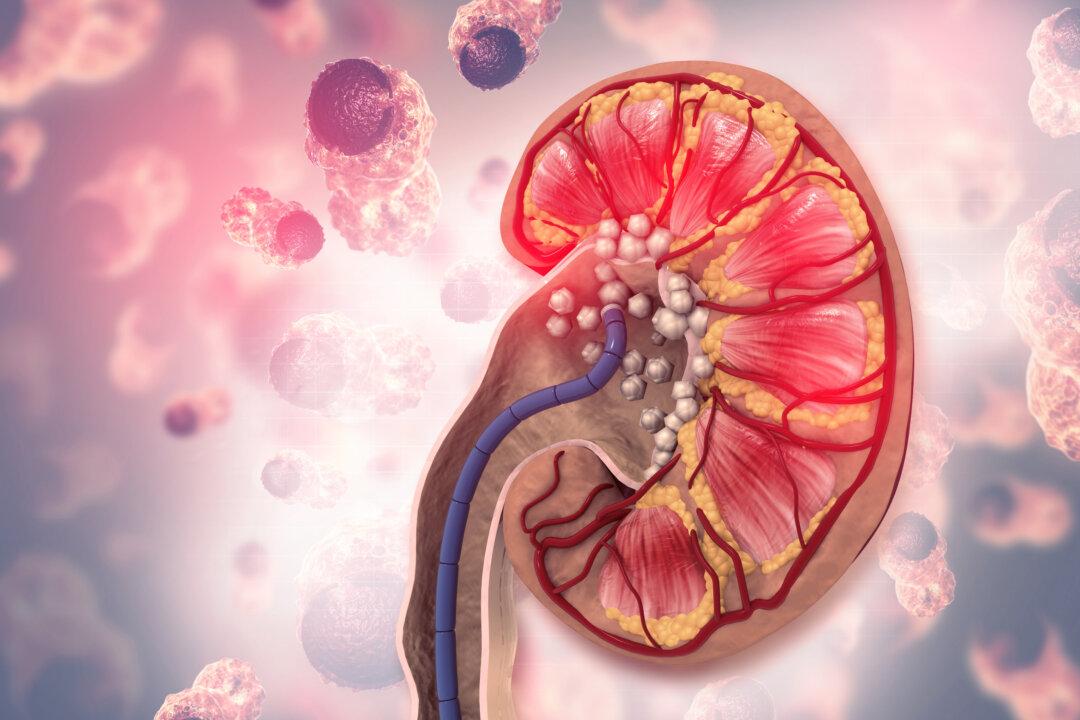Amie Skilton, a nutritionist based in Australia, used to be very healthy. However, two months after moving into her new home, her brain began to malfunction. For instance, she would forget her own name and suddenly not know how to get dressed. She was later diagnosed with type 3 Alzheimer’s disease. Afterwards, she discovered that it was all related to a water leak in her new home and the resulting severe moisture and mold.
After Skilton moved again and into a different house without water leaks, her condition gradually improved, and her brain function returned to normal.






